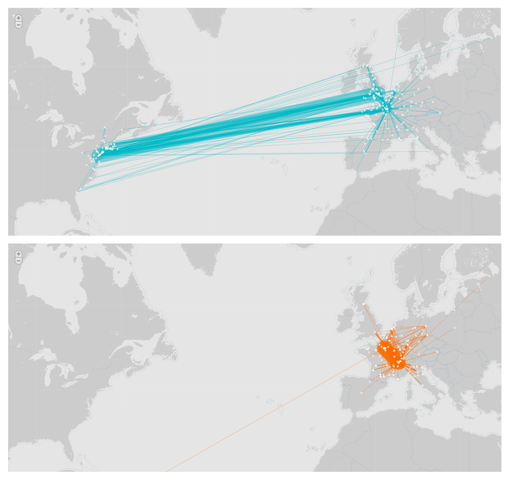One of the major challenges of transcribing the diary entry was understanding Linn’s handwriting. His words sometimes appear crossed out and his letters are unusual in shape. One of the strange things about Linn’s handwriting is its ampersands and punctuation. Beyond the peculiar way he writes his words, Linn’s use of dashes and sentence structure make it difficult to gain a continuous understanding of his message as one transcribes, making it more difficult to reveal words based on context alone.
The instance of names and outdated vocabulary also contributed to the challenges of transcribing a diary entry. The word “colors’ appears several times and only from context can it be understood that these are flags. When Linn talks about Shortley I first assumed it was a misspelling of the the word shortly. Based on context after finishing the sentence I was able to deduce this was a proper noun. The instances of misspellings produce problems as Linn’s handwriting is already so difficult to transcribe.
Additionally, losing place within a line of the diary was a significant problem. As I would have to scroll and zoom in, I often lost my place within a sentence and would have to go through an entire paragraph to arrive at my previous point. Overall, Linn’s diary transcription process produced many challenges, but a variety of techniques could be utilized to overcome them.





